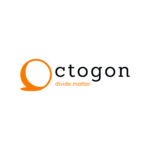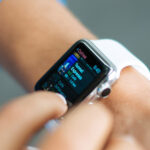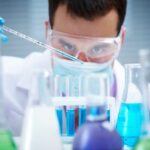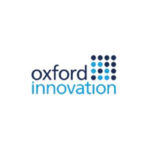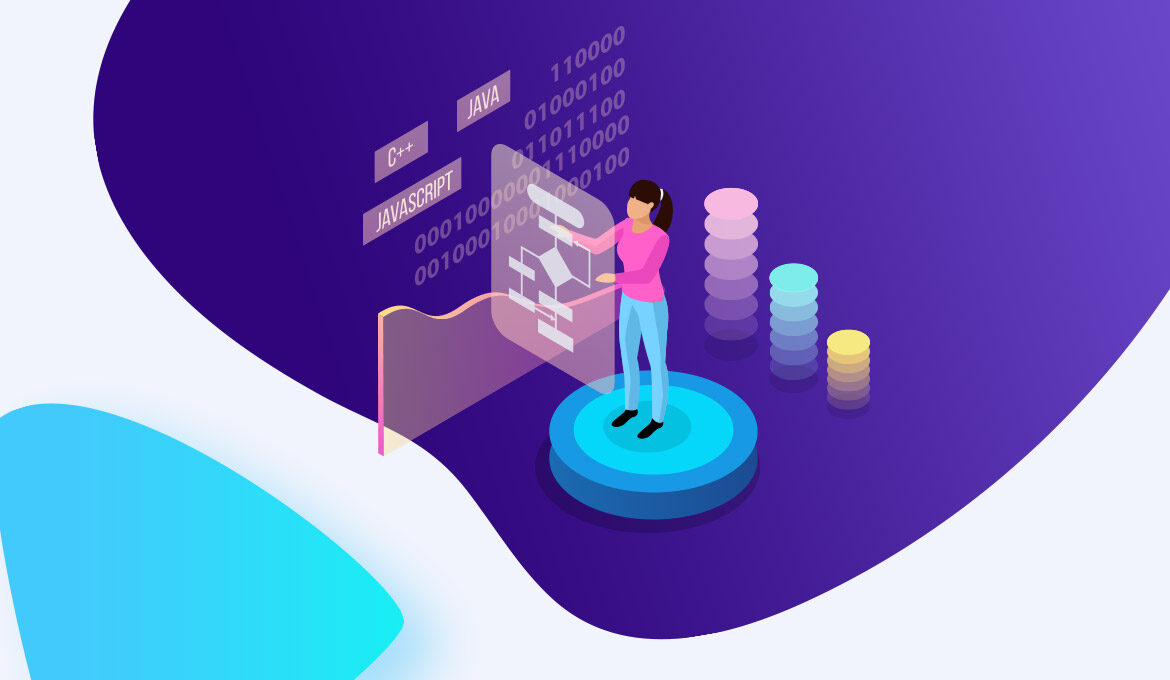
Data processing
documentation
tips&trickslaboratory data
13 toolsspecific tools
25 toolsBig Data
tips&tricksR
Researchers operate with huge volumes of data in all stages of research: documentation, laboratory and data analysis.
Fast, clear and correct data processing increases the quality and added value of a research.
Information processing tools:
1. Documentation stage
The method of the 5 phrases:
- one that summarizes the whole article
- one that presents the problem
- one that presents the solution
- one that presents how they evaluated the solutions and what is the new solution to the problem
- one that presents unique methods used + the most important graphic of the article
2. Laboratory data analysis stage
imageJ(Fiji)
Nowadays, a lot of laboratory equipment has incorporated data processing software (e.g. Cytation).
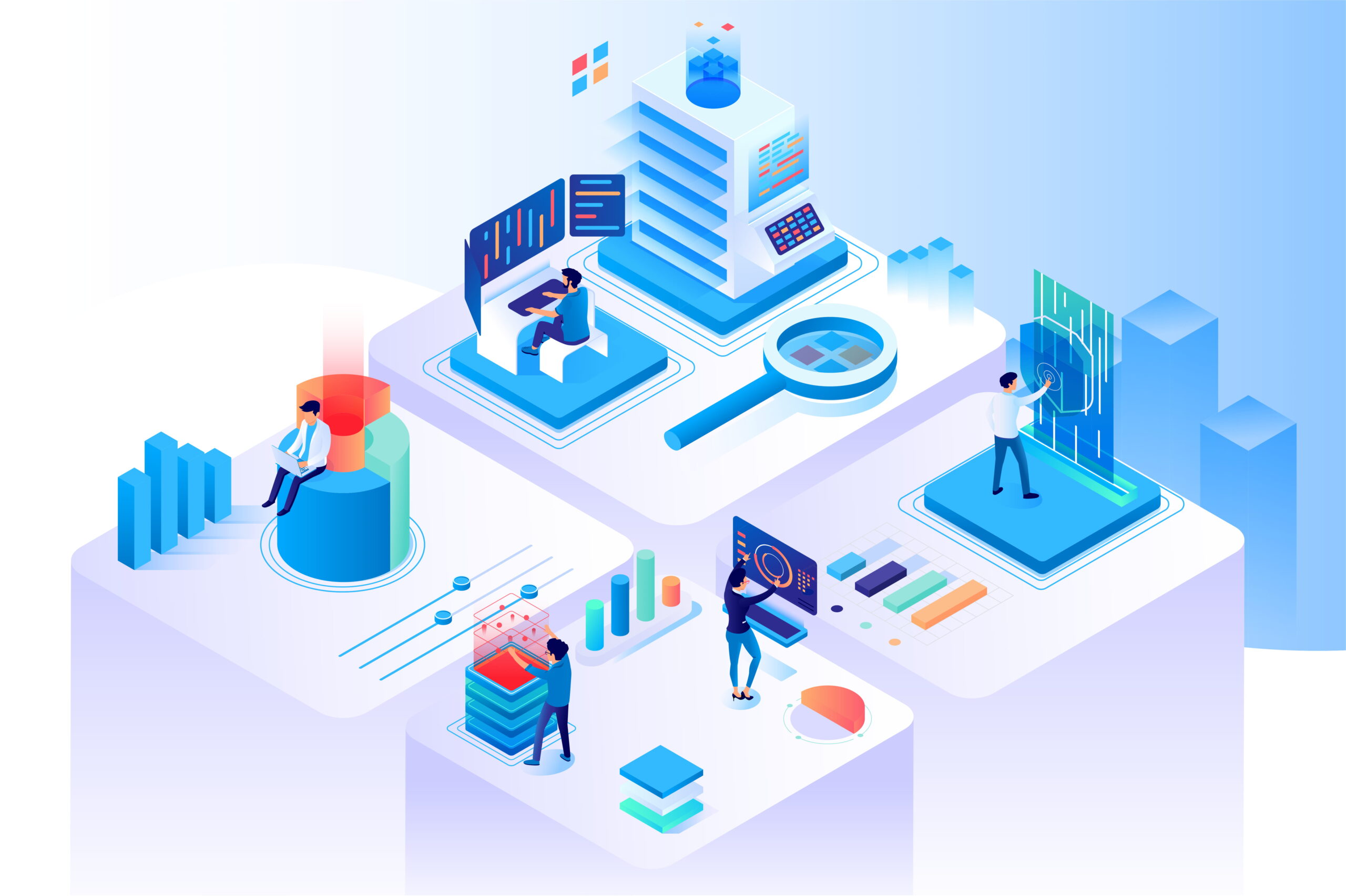

Specific Tools
TECH
Bioinformatics
GenomeArtist (insertional mutation mapping)
PyMOL (molecular visualization)
Volsurf+ (structure – activity relationship)
Modeler (homology modeling)
MOE (visualization, drug design, screening, structure – action relationship)
Imaging / Microscopy
ImageJ (Fiji)
GENETICS
Biogrid (visualization of gene networks, molecular interactions, data processing, data acquisition, identification of genes associated with a process)
Bisogenet (construction and visualization of gene networks)
Omic Tools (data processing, gene annotation, determination of gene regulatory factors)
Varsation (analysis of data from sequencing)
Biostar (info hub)
Biotapestry (complex gene systems)
NEUROLOGY
Ephys (electrophysiology)
GUI (processing data from immediate, real-time feedback)
Bonsai (programming language data processing from electrophysiology)
Rtxi (real-time intracellular and extracellular data processing)
Oat (animal tracker, video processing)
Symphony (neurophysiology)
Stage (experiments with visual stimuli)
3D Tracker (3D video recording and processing for animal experiments)
start data
everything that is known in science up to that point, regarding your research topic
laboratory data
all data generated in a laboratory experiment (relevant, metadata or random data)
processed data
organizing laboratory data, processed data, comparing it with start data and issuing conclusions
Conclusion
We have presented above several applications, which help with processing laboratory data (microdata&metadata).
It is known that true knowledge and understanding of life will be gained by processing BigData from all sciences.
That is why the general architecture of scientific data acquisition looks like this:
- computers and computer networks
- apps for microdata
- AI functions for microdata app
- databases
- supercomputers / quantum computers / biological computers (in the future)
- BigData storage and security, in compact spaces (integrated cloud)
- data standardization
- superior AI functions for BigData to process 24/24
- integrative BigData applications
- specific BigData applications






